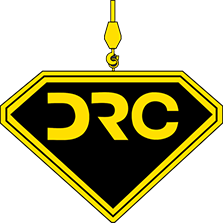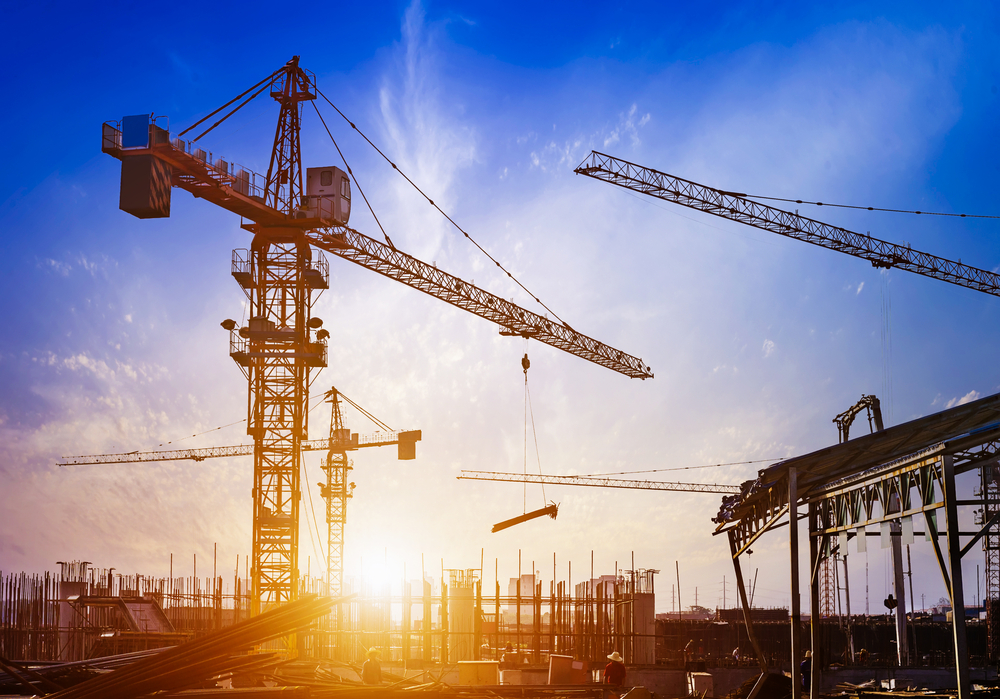We use fixed-cab cranes for lifting and transporting of heavy objects in confined spaces like loading docks and warehouses. These machines feature a cab on top of a trailer or truck so that the operator to control the crane from inside.
With a lifting capacity often reaching up to 40 tons, these cranes are well-suited for demanding environments such as construction sites and mines. Their precise lifting capabilities are effective even when dealing with challenging angles or extended distances. As a result, they streamline operations and enhance overall productivity, making these cranes a valuable asset for various industries.
What is Unique about a Fixed Cab Crane?
Fixed-cab cranes are vital for operators tasked with frequent material movements within warehouses or storage units. These robust machines lift heavy equipment and many kinds of loads. They easily transfer them directly into trucks, trailers, or other vehicles, reducing the need for multiple trips.
Offering various types and models, each with distinct advantages and applications, fixed-cab cranes cater to diverse operational needs. Here’s a comprehensive guide to understanding fixed-cab cranes:
Features of a Fixed Cab Crane
A fixed cab crane possesses a few signature features. When assessing a fixed-cab crane, here are a few of the features to notice:
- Lift Capacity: This denotes the maximum weight the crane can raise, typically measured in tons. A 10-ton capacity is common and widely useful.
- Hook Length: This refers to the extension length of the hook from the crane’s end. Particularly crucial for smaller models, the hook length determines the maximum load size it can accommodate.
- Hook Capacity: This indicates the maximum safe weight a load can bear. It should always be lower than the lift capacity to prevent overexertion and potential damage to the crane.
- Power Source: This specifies how the crane is powered and operated, whether through an electrical system or an internal combustion engine.
Kinds of Fixed Cab Cranes
There are several different types of fixed cab cranes and they are all different from boom cranes. We have outlined a few of the different types of cranes that any potential operator will need to be able to operate.
Bridge/ Overhead Crane
Bridge cranes, also known as overhead cranes, are commonly seen in industrial settings. Their name derives from their resemblance to a bridge supported by two steel beams spanning the workload, with the hoist (lifting mechanism) traversing along the bridge section of the crane. There are two main subtypes of overhead cranes: gantry and jib cranes.
Gantry
A variation of the overhead crane is the gantry crane, though the terms are sometimes used interchangeably. The primary distinction lies in their support structure: a gantry crane is upheld by two A-frame steel legs and is often constructed on a track. These cranes are frequently found at shipping docks and ports, where they are used to lift cargo from ships.
Jib Crane
Jib cranes, an alternative to bridge cranes, are fixed installations positioned over work sites and are commonly used for repetitive tasks. The jib, or arm, is usually mounted on either a wall or a floor-mounted pillar, featuring a movable hoist and sometimes additional movement capabilities.
Bulk-Handling Crane
Bulk-handling cranes specialize in transporting large quantities of heavy materials such as coal or minerals. Unlike traditional cranes with hooks, they are equipped with a specialized hook featuring a grabbing mechanism and a bucket. This setup allows them to grasp, retain, and hoist materials efficiently.
Hammerhead Crane
Hammerhead cranes are prevalent in construction endeavors. These cranes feature a fixed tower with a horizontal, swiveling lever. The trolley, situated at the front of the arm, is counterbalanced by the rear extension of the arm.
In addition, Hammerhead cranes have a racking feature. This enables the trolley to move horizontally along the crane’s arm. Due to their substantial weight, these cranes are typically assembled on-site.
Stacker Crane
Stacker cranes are automated machines resembling forklifts, mainly used for warehouse storage purposes. They are commonly deployed in environments with specific working conditions, such as extremely cold temperatures, eliminating the need for human workers to endure such harsh conditions.
Telescopic Crane
Telescopic cranes have a boom (arm) with a hydraulic cylinder. This enables it to extend and retract like a telescope. Although they’re typically seen as fixed cranes, many are mounted on trucks for easy transportation between work sites.
Their ability to collapse and compact makes telescopic cranes versatile, and suitable for various situations such as short-term construction projects and emergency rescue operations during natural disasters or other crises.
Tower Crane
Often used in building tall structures, tower cranes are impressive machines known for their remarkable lifting capacities. Due to their size, these cranes have an operational cab that controls the entire crane. It is built on a concrete base and the mast supports the horizontal extension known as the jib.
Tower cranes come in two main configurations: luffing jib and fixed jib. The luffing jib can go up and down, while the fixed jib incorporates an operating dolly that moves materials horizontally. On top of the mast is the engine, referred to as the slewing unit, responsible for controlling the crane’s rotation.
Because of their size, tower cranes are erected in tandem with the building’s construction, progressively growing alongside it. After the building is finished, the process is reversed. With their towering stature, lifting capabilities, and array of functionalities, tower cranes stand as indispensable assets in the construction of tall buildings.
Ready to get Certified in Fix Cab Cranes?
Using a fixed-cab crane facilitates the lifting and relocation of heavy objects that would otherwise pose transportation challenges. These cranes provide precise control, extensive reach, and maneuverability in confined spaces, rendering them ideal for diverse operations.
To optimize efficiency, operators of fixed-cab cranes must possess a thorough understanding of safe and efficient crane usage. This entails familiarity with the functioning of various crane components and the ability to operate the crane proficiently under different weather conditions. If you are ready to get certified to operate a fixed cab crane, check out our training programs!


